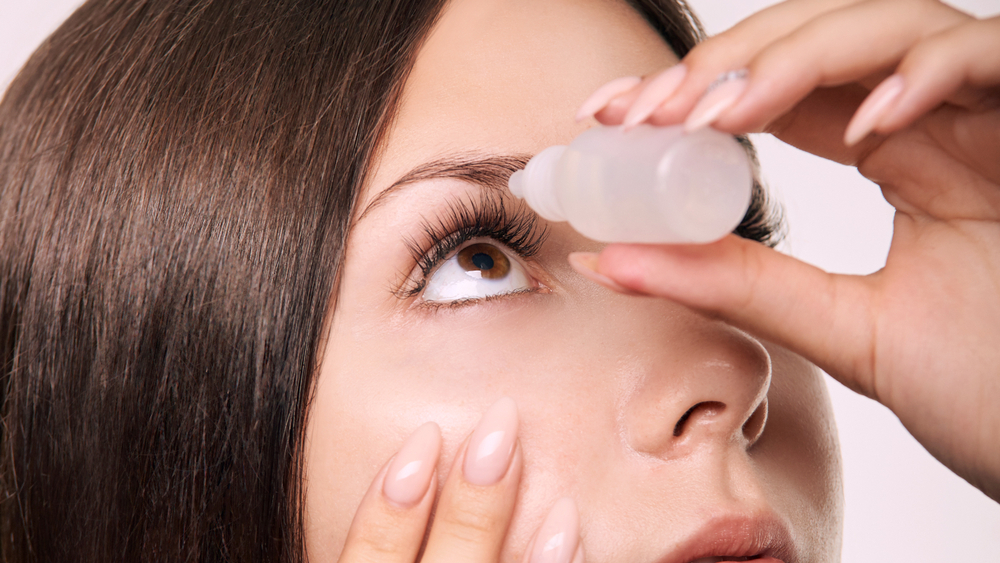High vs. Low Viscosity Artificial Drops: What’s the Difference?
Blog:High vs. Low Viscosity Artificial Drops: What’s the Difference?

High vs. Low Viscosity Artificial Drops: What’s the Difference?
If your eyes constantly feel dry, gritty, or irritated—you’re not alone. Dry eye is incredibly common in our area, and much of it has to do with the environment. Between our warm, windy weather, seasonal allergens, and extended time on digital devices, your eyes are often up against a lot more than you may realize. One of the first go-to treatments for dry eye is over-the-counter artificial tears. But when you walk into the drugstore, you’ll notice there are tons of options—and one of the key differences among them is viscosity.
Why Is Dry Eye So Common?
In North Texas, we deal with a unique blend of factors that can make dry eye worse. Our weather often flips between hot, dry winds and sudden cold fronts—both of which can strip moisture from your eyes. Add to that high pollen counts, dust in the air, and plenty of screen time at work or school, and it’s no wonder so many people around Midlothian are reaching for eye drops. Let’s break down how to choose what’s right for your eyes.
High Viscosity Artificial Drops
High viscosity artificial tears are thicker in consistency—almost gel-like. They coat the surface of the eye for a longer period, making them ideal for:
Moderate to severe dry eye
Nighttime use (since they may blur your vision temporarily)
People who wake up with irritated or dry eyes
These drops create a protective layer, giving your eyes a chance to heal overnight. Many of our patients who work outdoors or suffer from dry eyes first thing in the morning find high-viscosity drops especially helpful.
Low Viscosity Artificial Drops
Low viscosity drops are much thinner and feel more like your natural tears. They’re great for:
Mild dry eye symptoms
Daytime use (they won’t blur your vision)
People who need frequent application throughout the day
If you spend long hours on the computer or struggle with dry eyes during allergy season, low-viscosity drops can be a quick, convenient option to provide temporary relief.
When Artificial Drops Aren’t Enough
Artificial tears can help, but they often just treat the symptoms—not the root cause. If you’re finding yourself reaching for drops constantly with little to no long-term relief, it may be time to visit your eye doctor. We offer personalized evaluations to determine what's really causing your dry eye. For some, it's meibomian gland dysfunction. For others, it could be inflammation, hormone changes, or even certain medications. Once we identify the underlying issue, we can recommend advanced treatments like:
Prescription eye drops to reduce inflammation and boost natural tear production
LipiFlow® treatment to clear blocked oil glands and restore proper tear balance
Tyrvaya® (varenicline solution) – a nasal spray that stimulates natural tear production through nerve pathways
These treatments go beyond what store-bought drops can offer and are especially effective for patients with chronic or stubborn dry eye.
Personalized Dry Eye Care in Midlothian
Whether you’re battling dry air at the ranch, pollen from the park, or the endless screen time that comes with remote work, your eyes deserve relief that actually lasts. Artificial tears—whether high or low viscosity—can offer helpful relief, but they’re only part of the story. If your dry eye symptoms are getting in the way of your daily life, we’re here to help you find solutions that work.
Schedule your dry eye evaluation with Texas State Optical Midlothian to take the next step toward lasting dry eye relief. Visit our office in Midlothian, Texas, or call (972) 299-3720 to book an appointment today.


